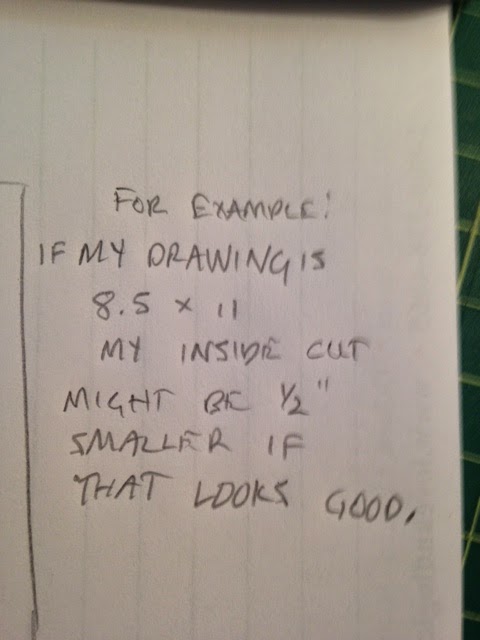Follow the link to see the Rubric
Steps:
- Go to the blog: "What is Positive and Negative space." Read and watch videos
- Research Designs :
- Google "positive negative space design" or "positive negative space images"
- Or take one of your own photographs and turn it into a pos/neg image
- Talk to me about this idea if you would like to do this.
- Could make your project even more personal!
- Pick a piece of cardboard from the front of the classroom and put your name on it.
- Put newspaper on the table
- Paint the cardboard black
- Only put the paintbrush into the paint 1/2 deep
- Carefully wipe off excess paint can lip.
- Put brush on plastic unless you are the last to use then clean it.
- Draw 3 to 5 different pencil thumbnail sketches.
- Your design must be original and not a direct copy to receive an "A"
- Your design may look somewhat like an image to receive a "B"
- No direct copying (plagiarism)
- Paint the other side of the cardboard if it bowed (some may be OK)
- Put your name on it.
- Pick the best thumbnails sketch that that has nice detail and a good balance of positive and negative space.
- ****Experiment with scrap piece of cardboard to see if the cuts you plan will be possible to do and maintain good craftsmanship. If not, come up with another plan.
- Lightly draw the design on the cardboard with a 3H pencil.
- Indicate which areas you are planing to remove with "x" or shading.
- Begin cutting
- Hold the exacto knife at a slight angle
- Do not cut in very far. Just enough to peal the layer back

.jpg)




























